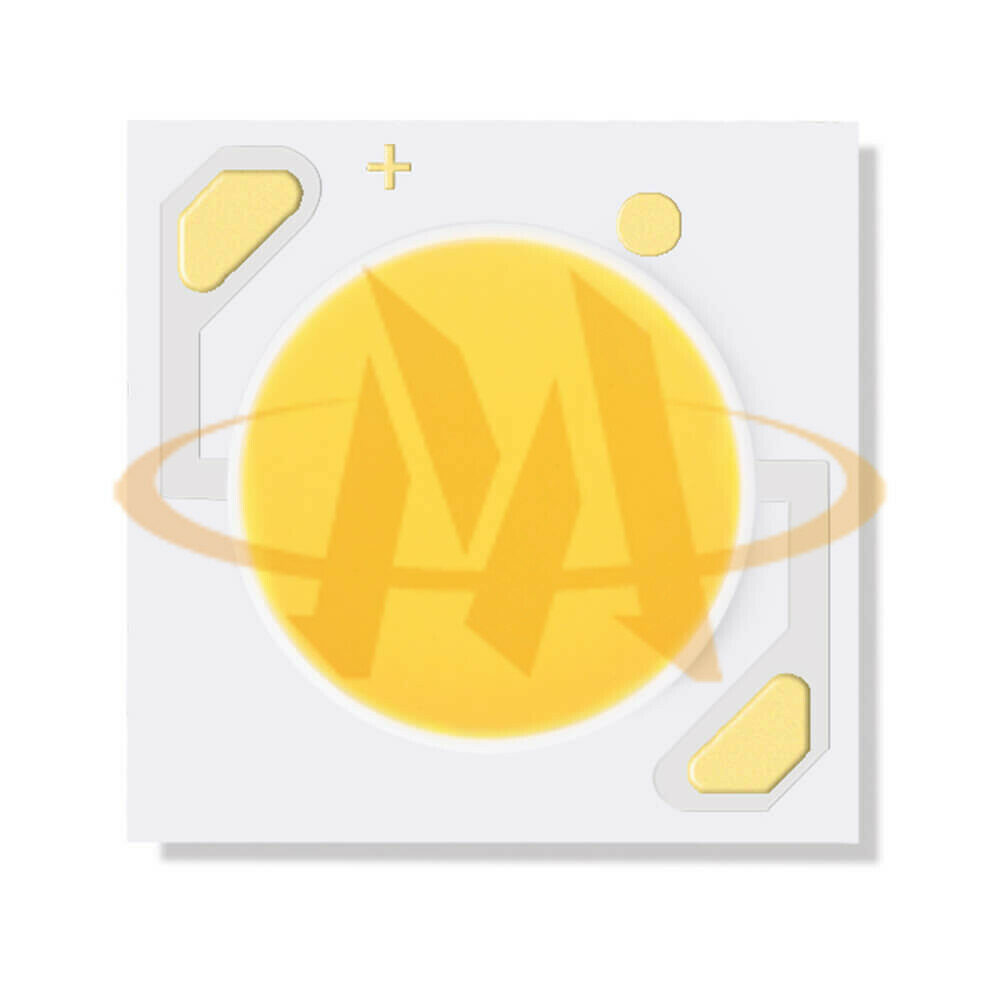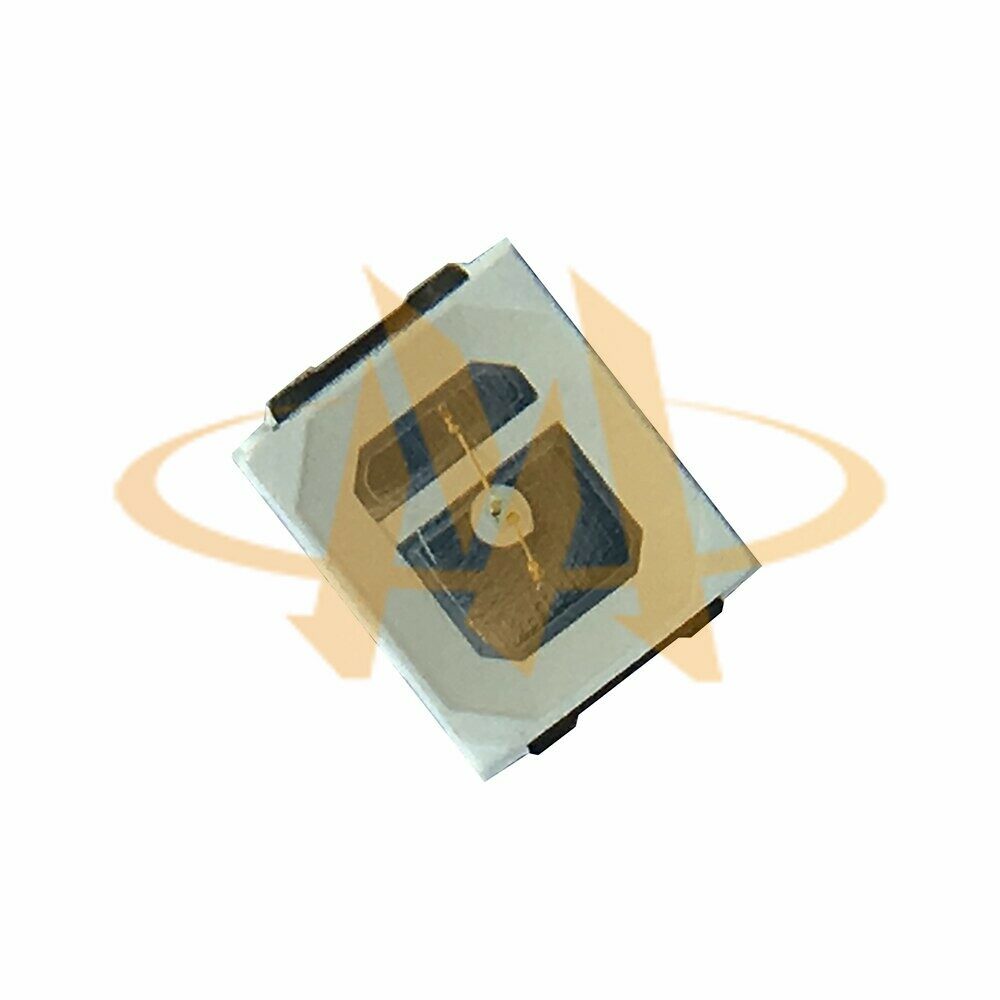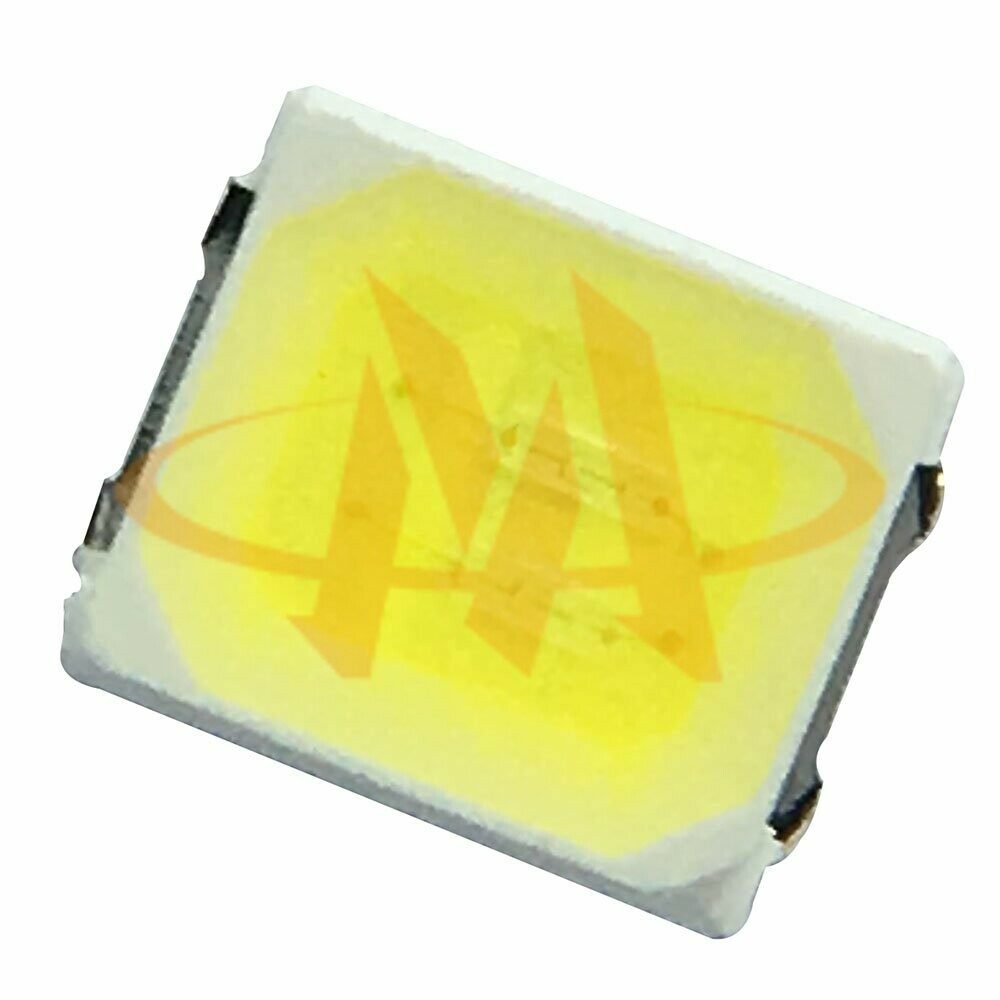SMD 5050 LED
What is SMD 5050 LED?
The term “5050 LED” refers to a specific type of LED (light-emitting diode) package size that measures 5.0mm x 5.0mm. These LEDs are typically used in various lighting applications, such as in LED strips or light bulbs, and are known for their high brightness and energy efficiency. The name “5050” comes from the dimensions of the LED package, which is 5.0mm x 5.0mm. This type of LED often contains three colored diodes (red, green, and blue) in one package, allowing for a wide range of colors to be produced when combined.
What is 5050 SMD RGB LED?
The 5050 SMD RGB LED is a type of LED that is commonly used in lighting applications. It is named after its dimensions, which are 5.0mm x 5.0mm. The RGB in the name stands for red, green, and blue, which are the three colors that the LED can produce.
The 5050 SMD RGB LED is a surface mount device (SMD) LED, which means that it is designed to be mounted directly onto a printed circuit board (PCB). It typically has four pins, with one for each color (red, green, and blue) and one for the common cathode or anode.
To control the color of the LED, you need to apply a specific voltage to each of the three color pins. By varying the voltage applied to each pin, you can create a wide range of colors. This is typically done using a microcontroller or other type of control circuit.
Overall, the 5050 SMD RGB LED is a versatile and popular choice for a wide range of lighting applications due to its small size and ability to produce a wide range of colors.
5050 SMD LED Voltage
The voltage required for a 5050 LED depends on the color of the LED.
- For a red 5050 LED, the typical forward voltage is around 2.0-2.2 volts.
- For a green 5050 LED, the typical forward voltage is around 3.0-3.2 volts.
- For a blue 5050 LED, the typical forward voltage is around 3.0-3.2 volts.
- For a white 5050 LED, the typical forward voltage is around 3.0-3.4 volts.
The Wattage or Power consumption of SMD 5050 LED
5050 LEDs are a type of LED that is commonly used in a variety of applications, such as lighting, decoration, and signage. They are named after their size, which is 5.0mm x 5.0mm, and they have three LED chips inside that can be controlled separately to produce a wide range of colors.
One of the most popular applications for 5050 LEDs is in LED strips, which are flexible circuit boards that have a series of 5050 LEDs mounted on them. These strips can be cut to size and are often used for under-cabinet lighting, accent lighting, and backlighting.
To use 5050 LEDs in an application, you will need to connect them to a power source and a controller. The power source provides the electricity needed to light the LEDs, while the controller allows you to change the color, brightness, and other settings.
There are many different types of controllers available for 5050 LEDs, ranging from simple remote controls to more advanced smartphone apps. Some controllers even allow you to synchronize your LED lights with music or other audio.
Overall, 5050 LEDs are a versatile and popular choice for a wide range of applications, and they offer a great way to add color and light to any project.
The Application of SMD 5050 LED
The wattage of a single 5050 LED is typically around 0.2 watts. However, the actual wattage can vary depending on the specific manufacturer and the operating conditions.
If you are planning to use multiple 5050 LEDs in a project, you will need to calculate the total wattage based on the number of LEDs and their operating voltage and current. This can be done using the following formula:
Total Wattage = Number of LEDs x Operating Voltage x Operating Current
Make sure to use the appropriate values for the operating voltage and current, as well as the number of LEDs in your specific project.




